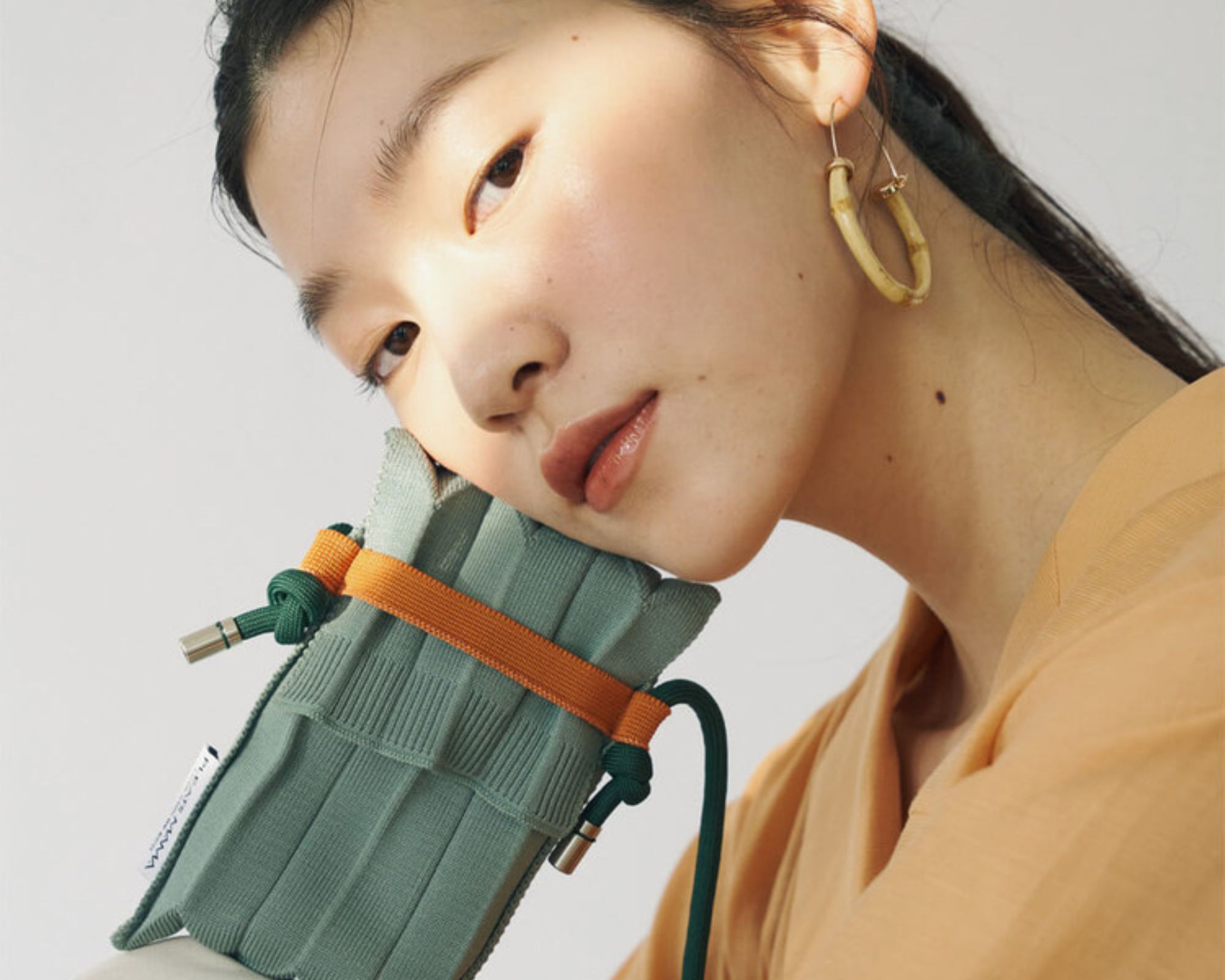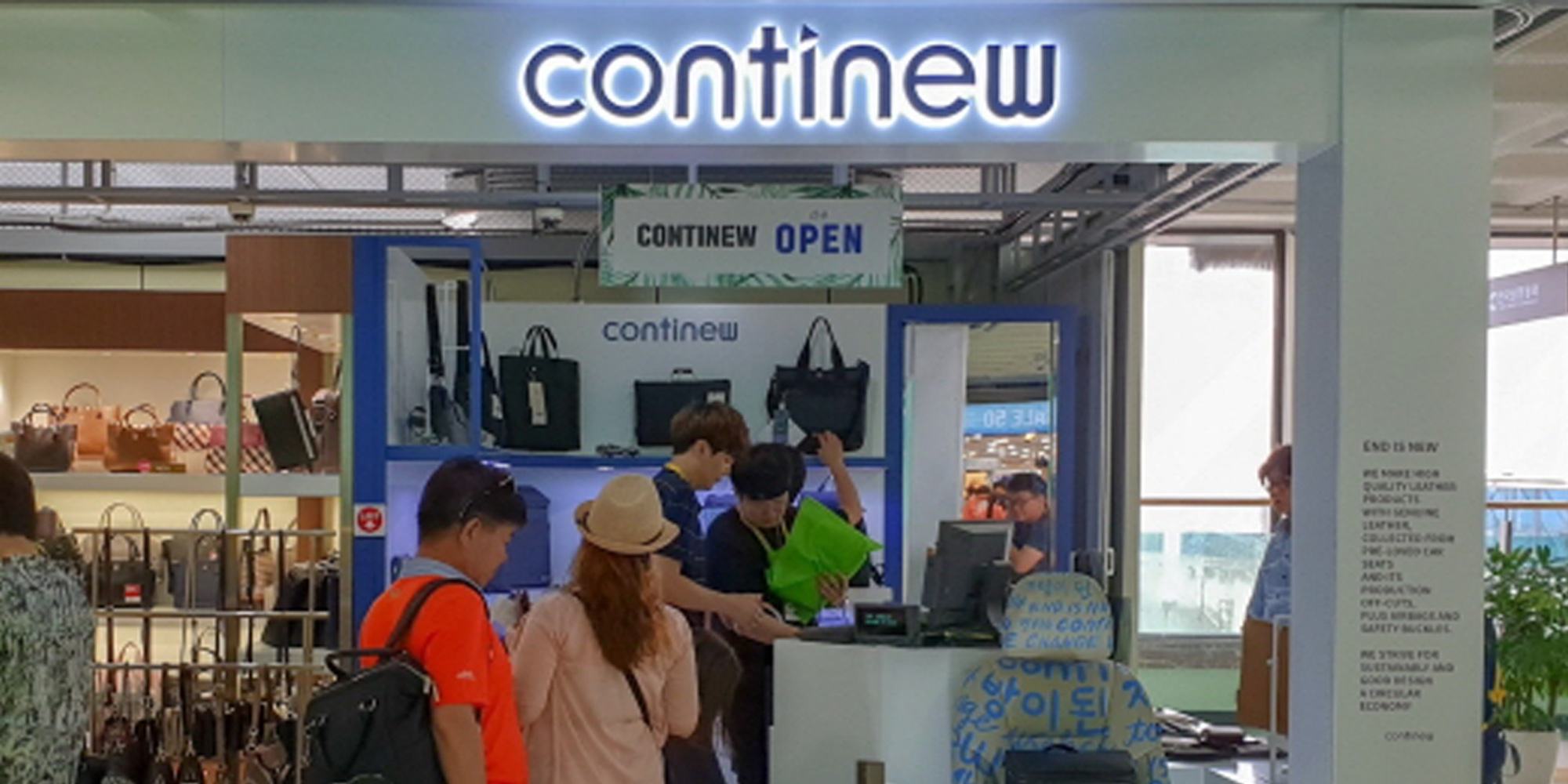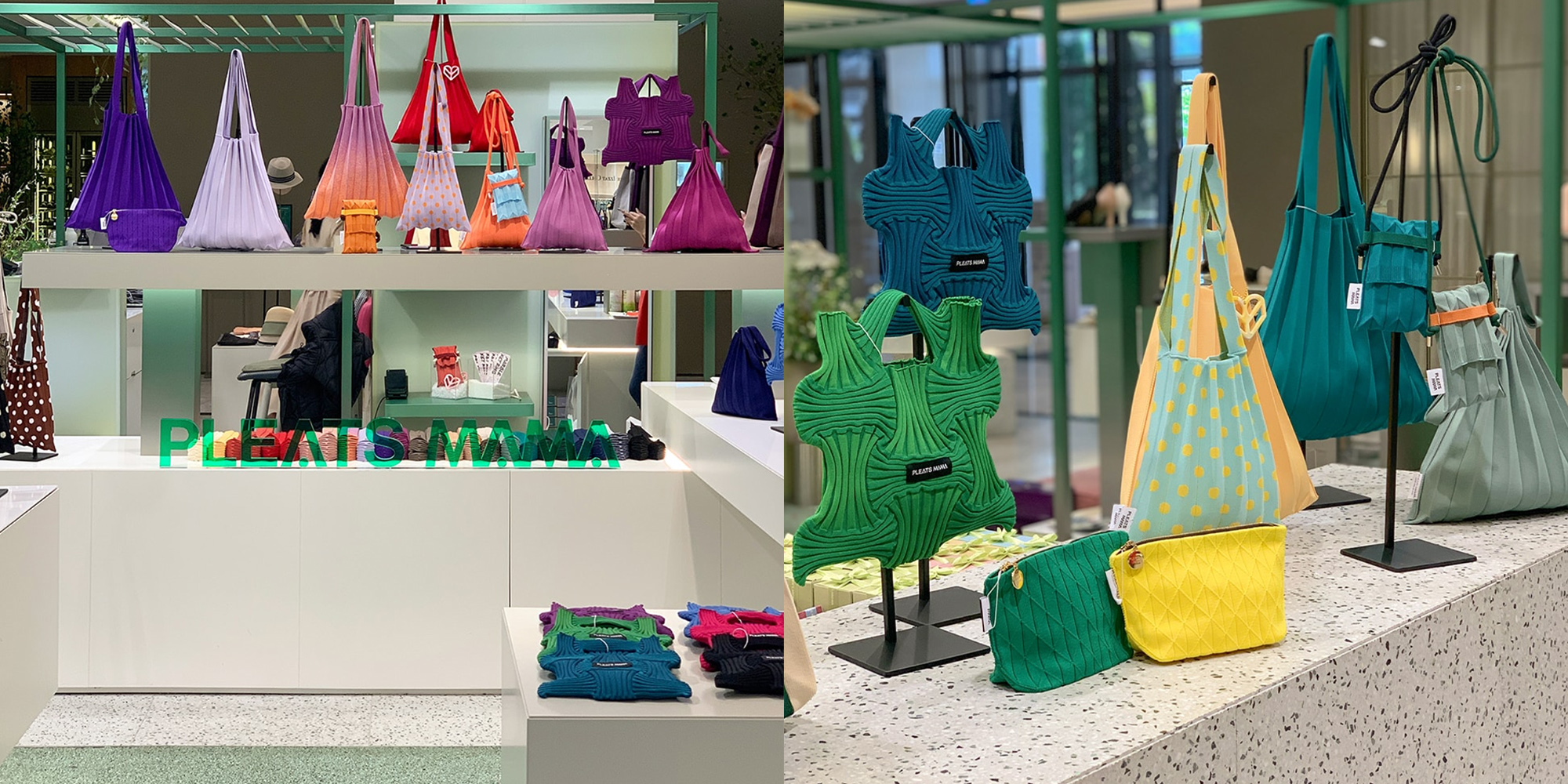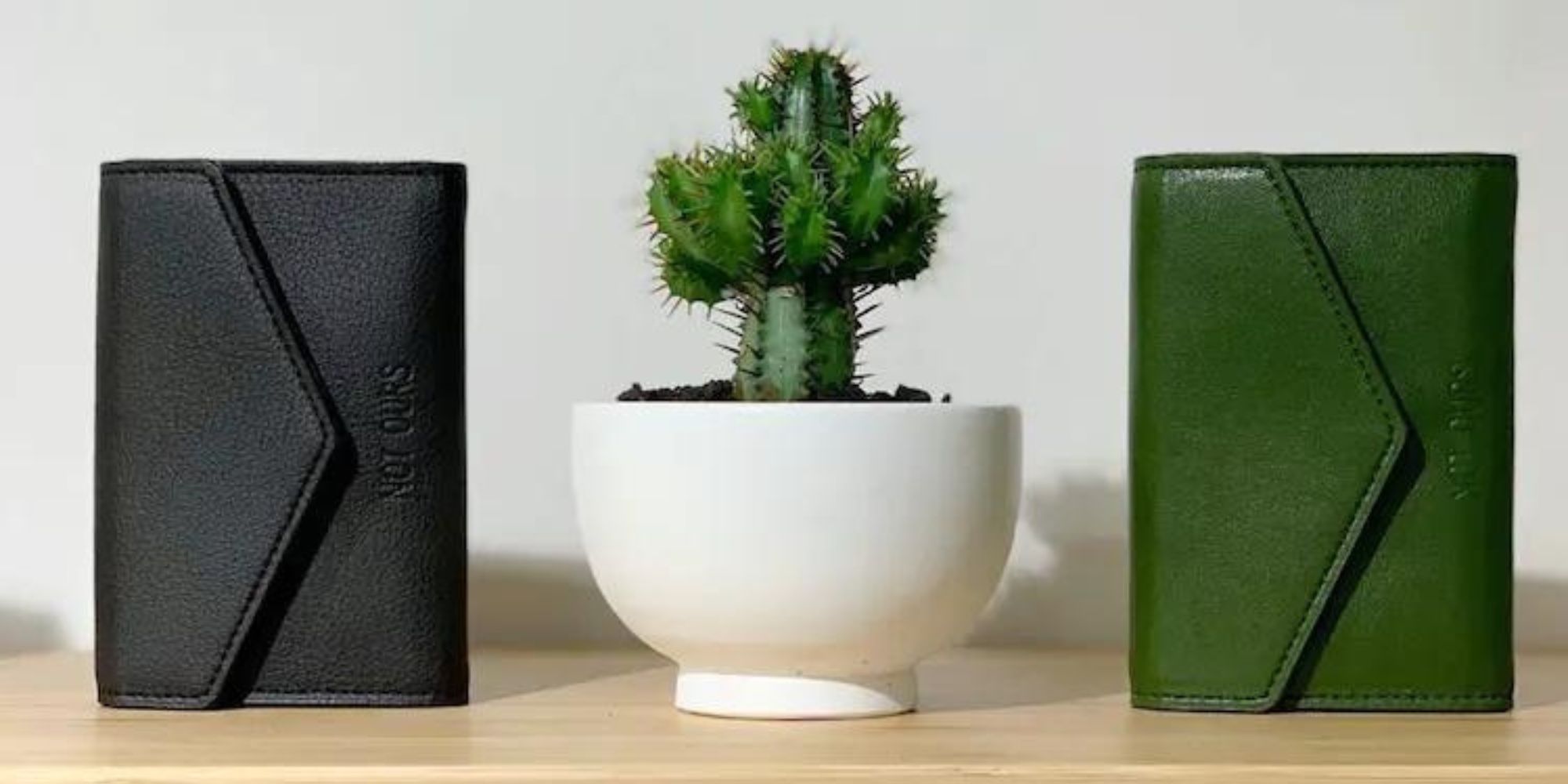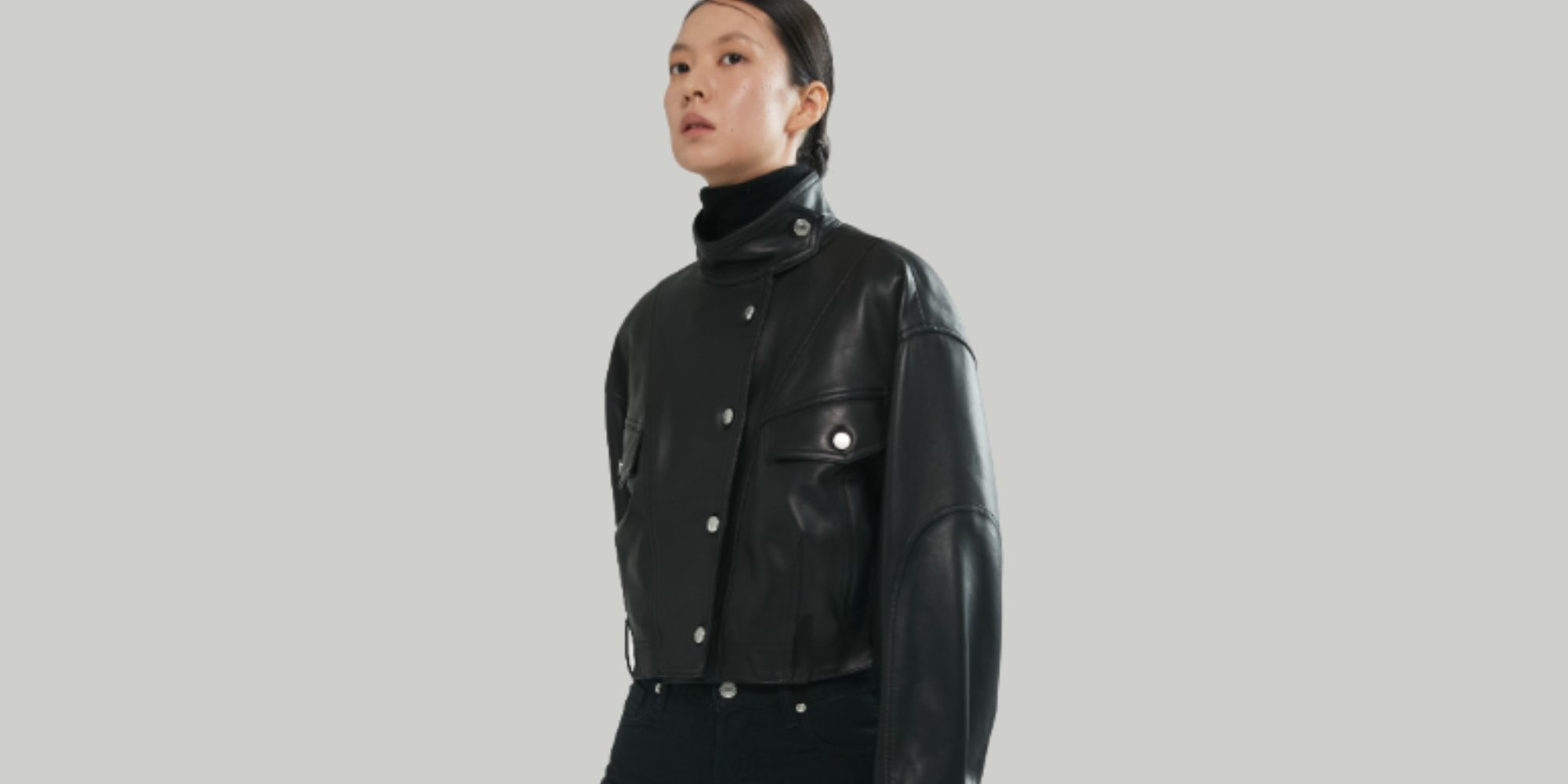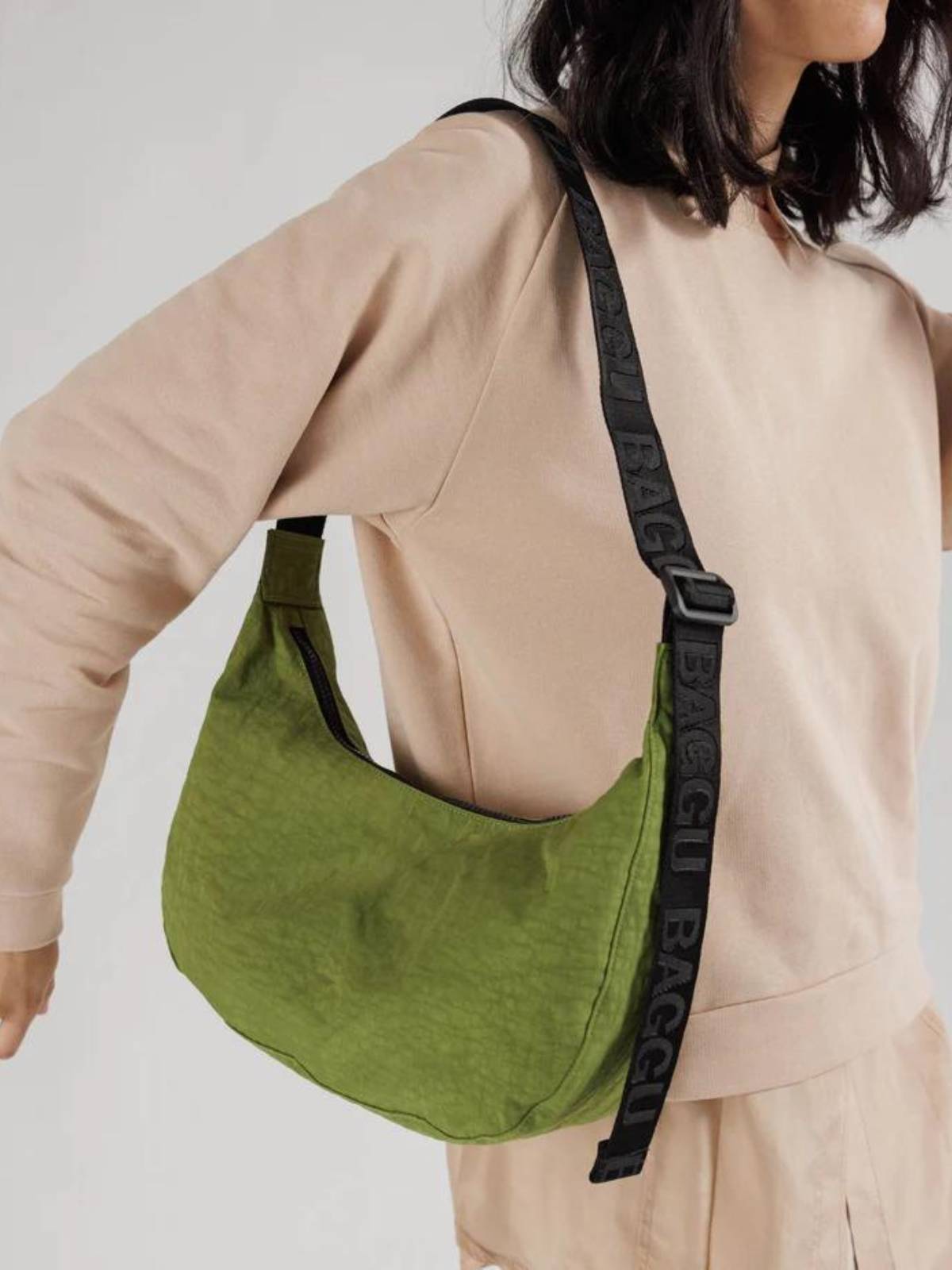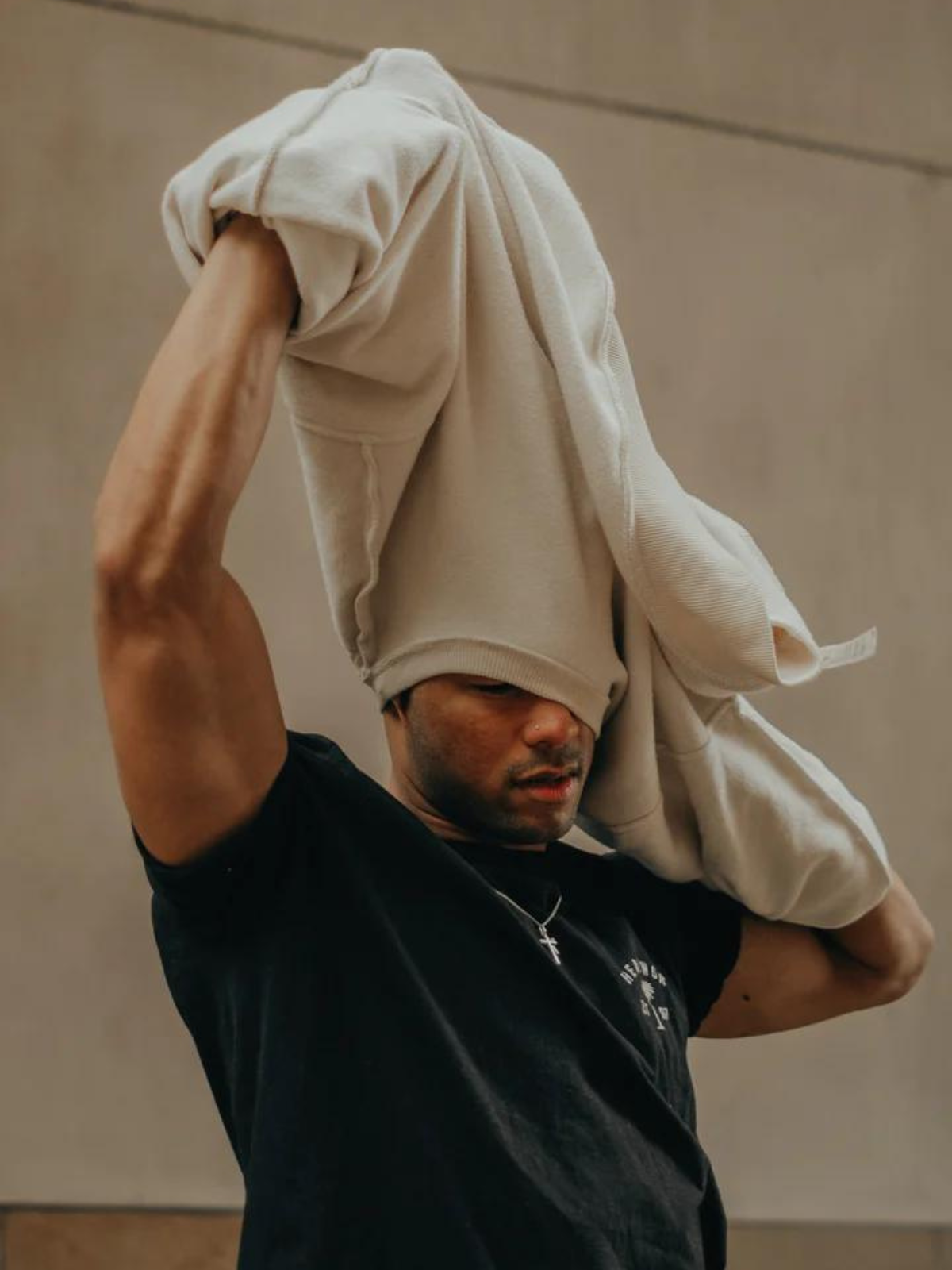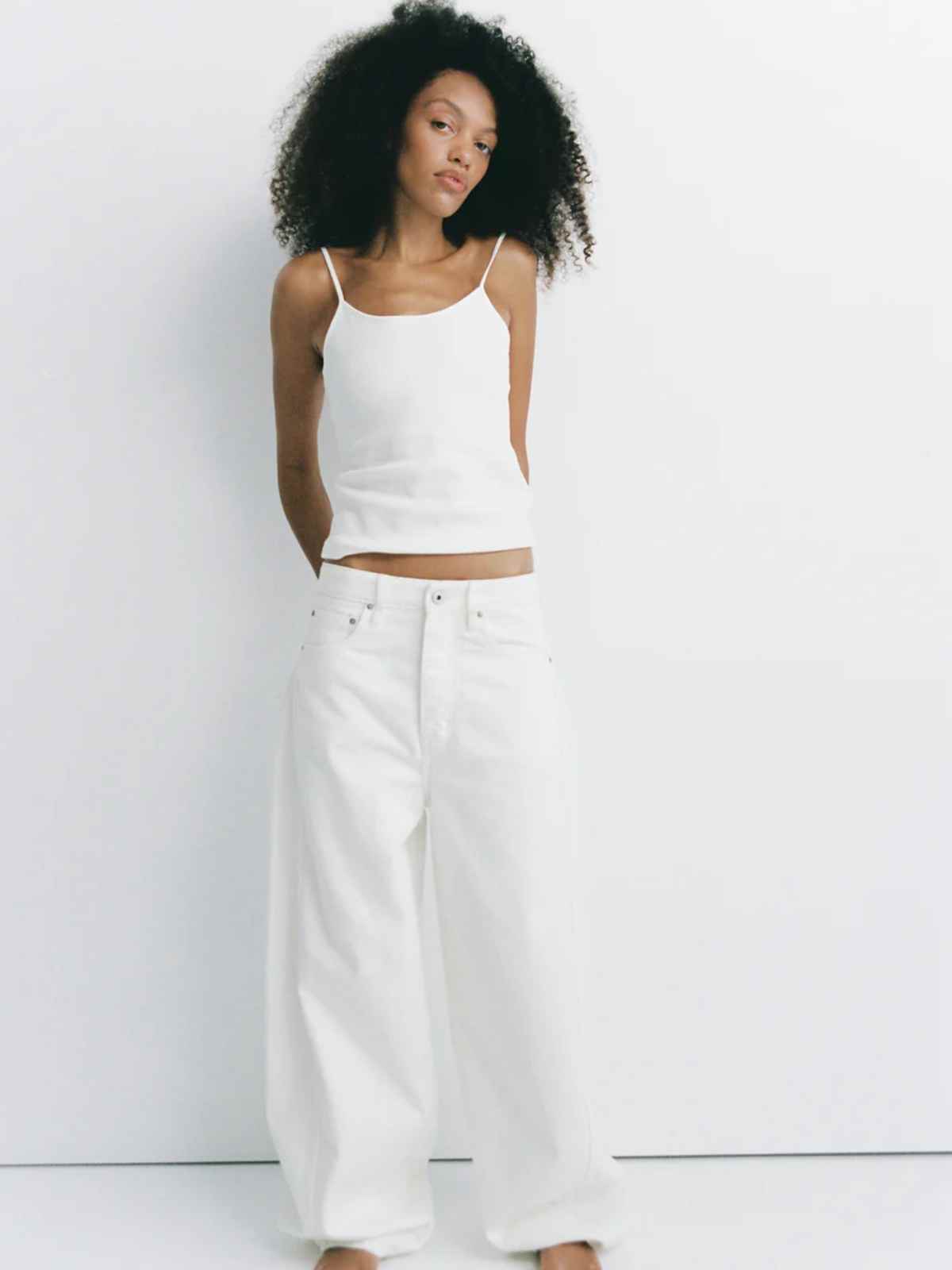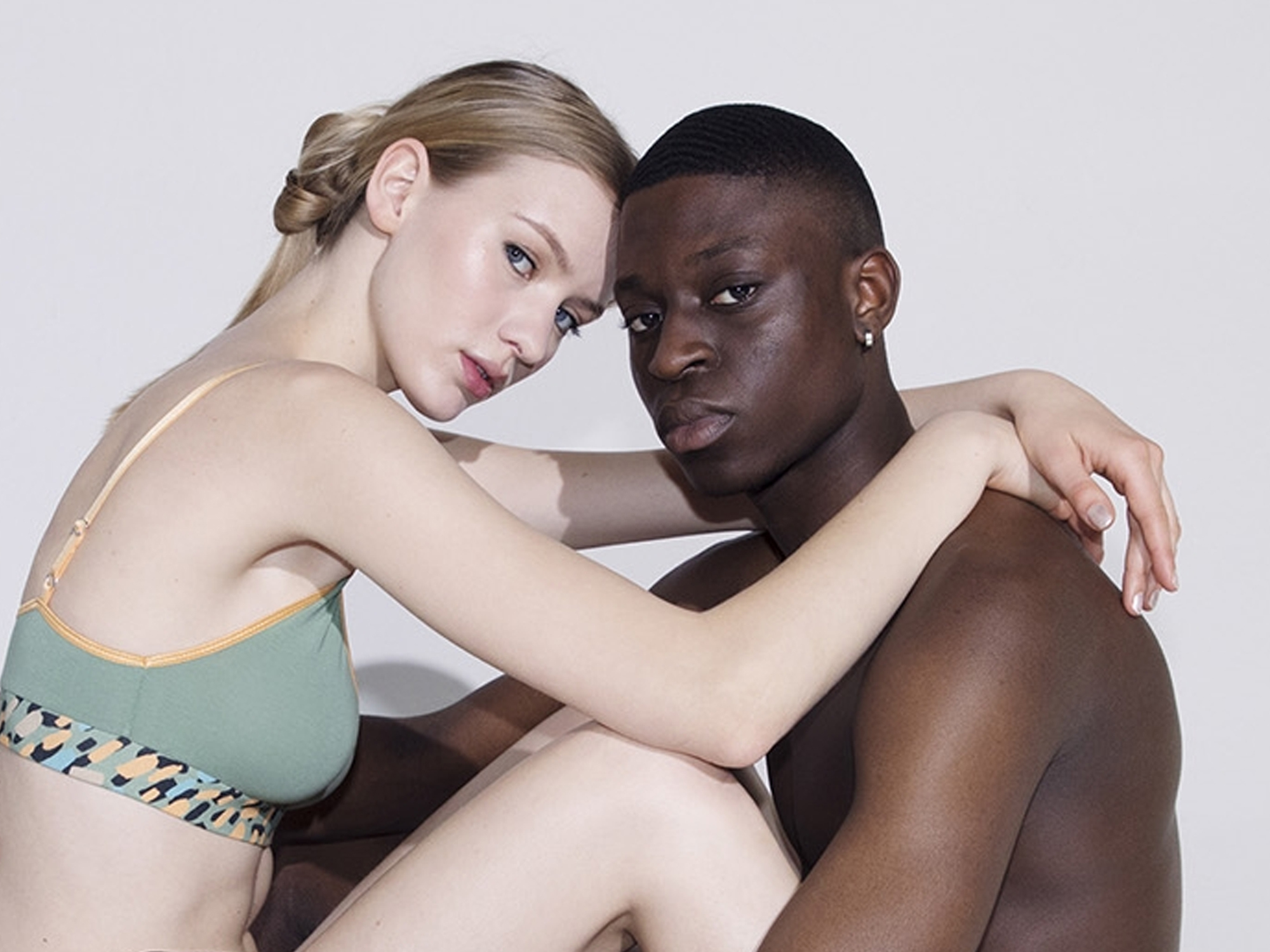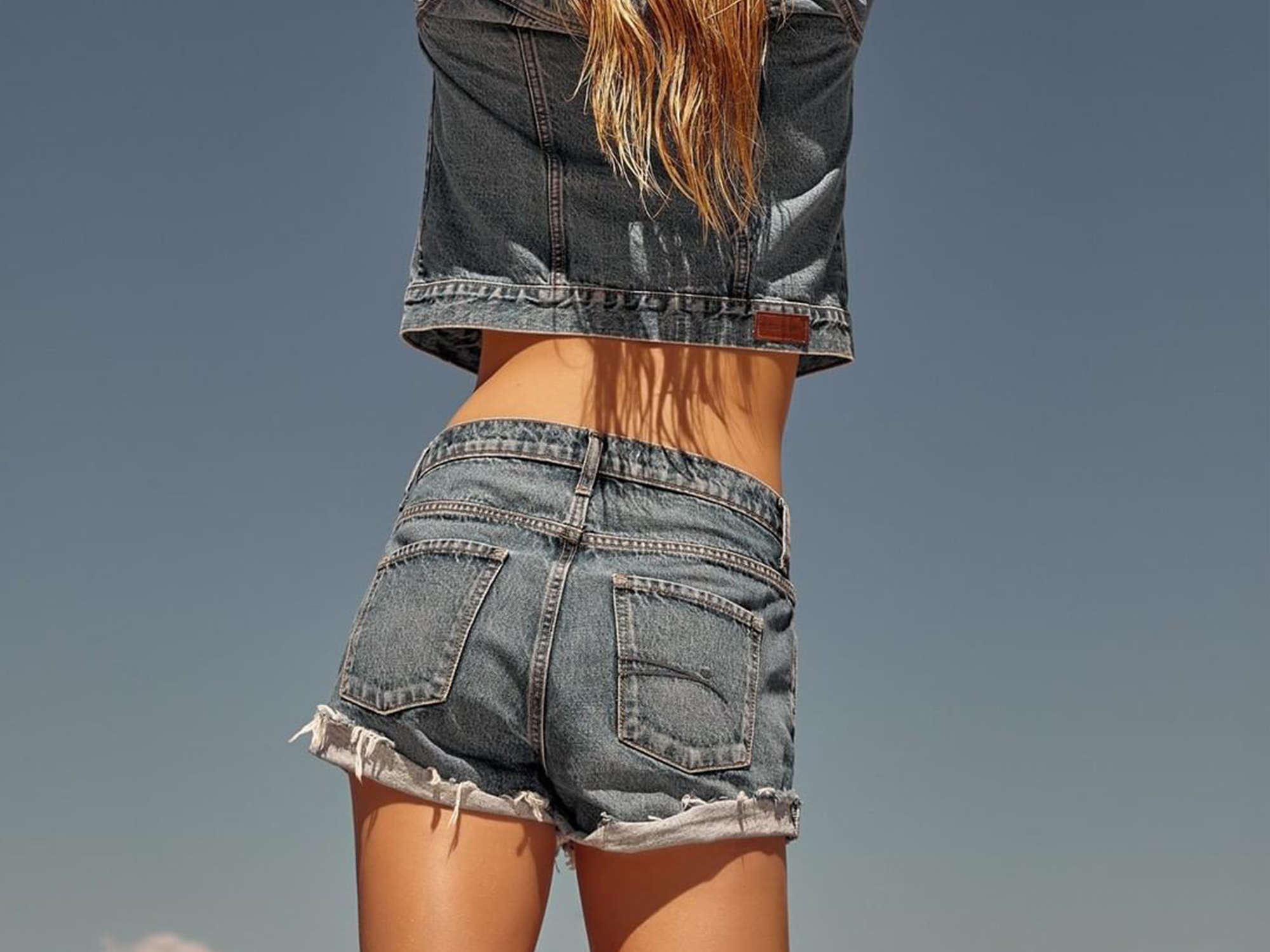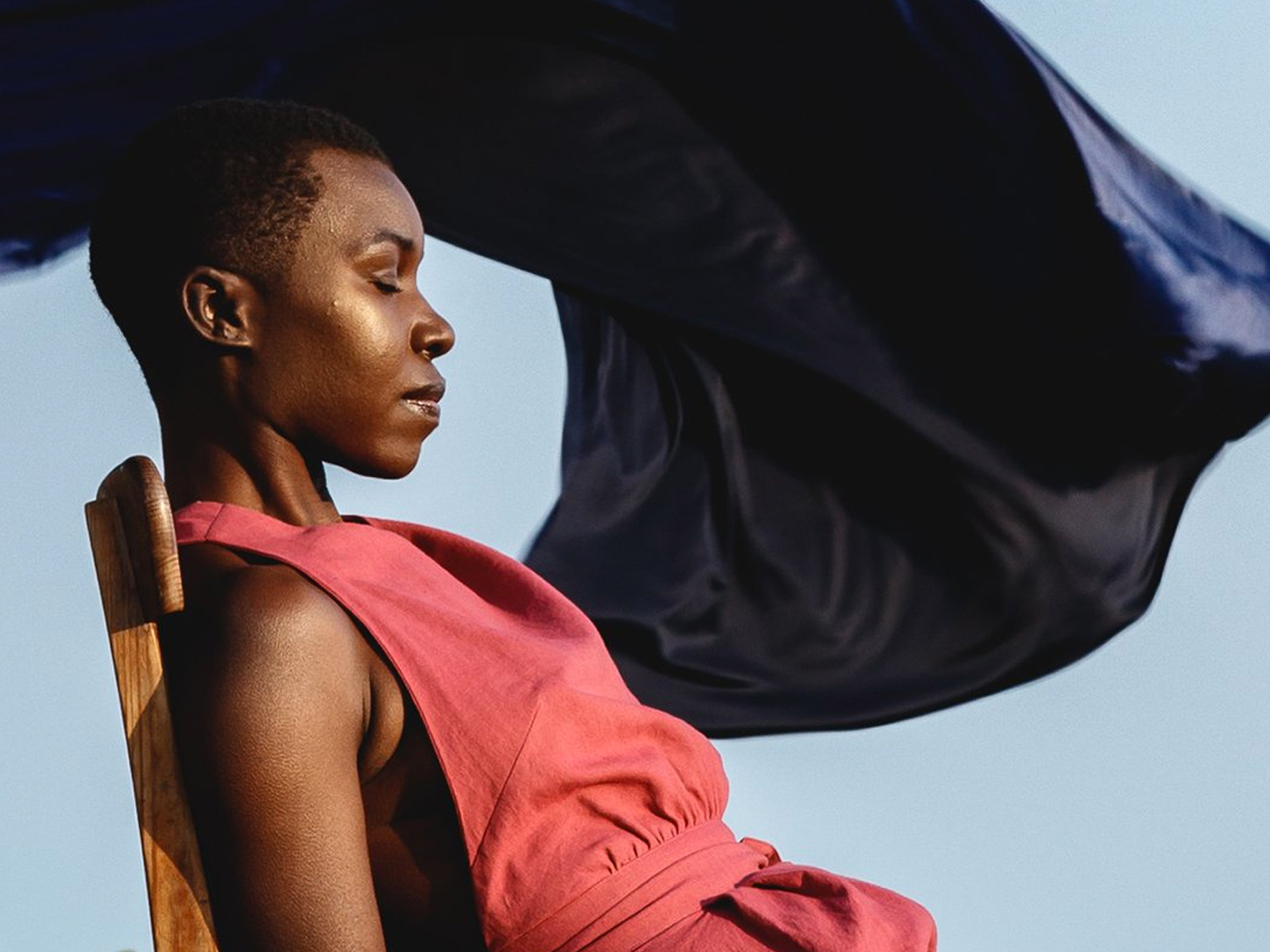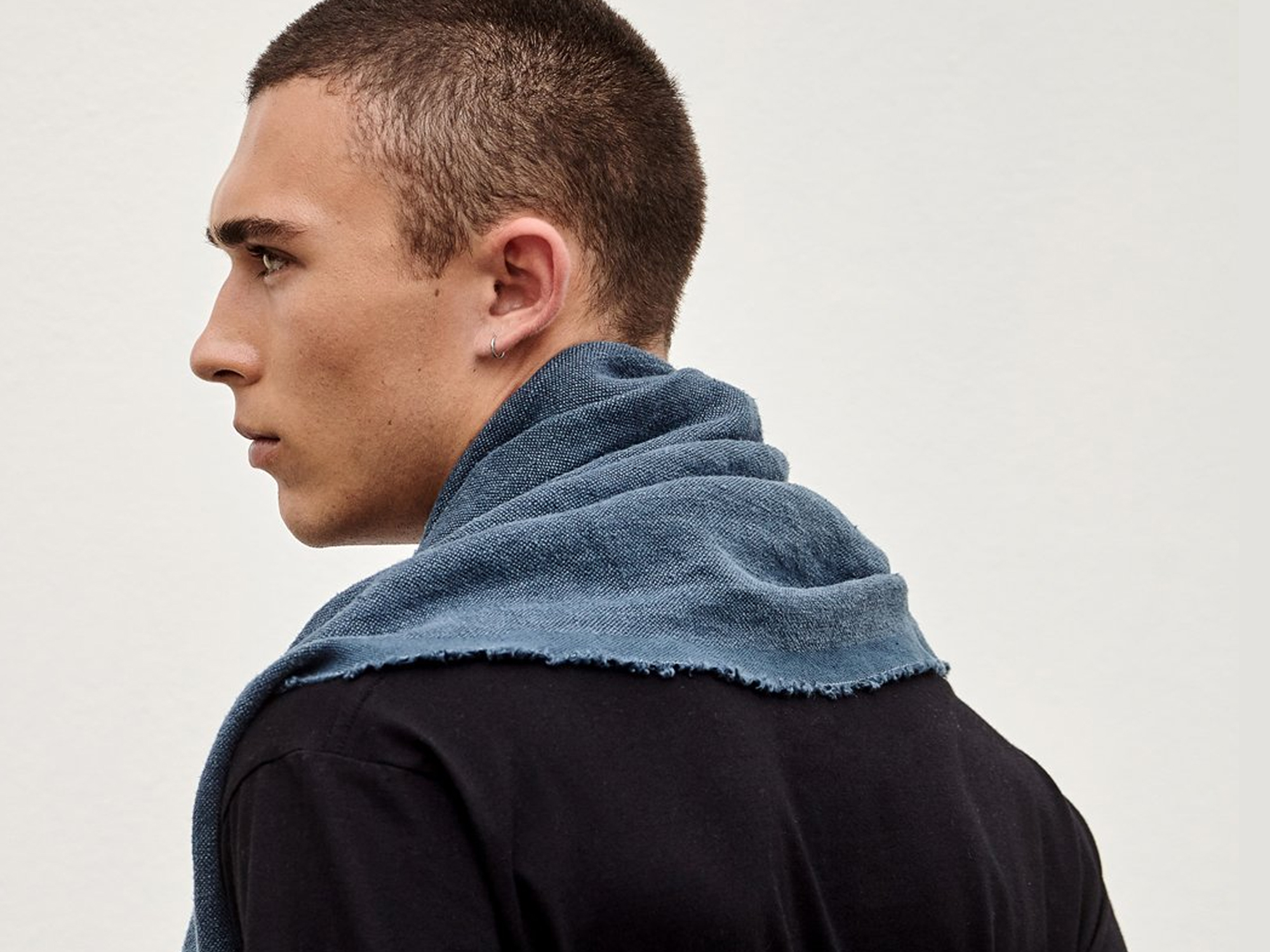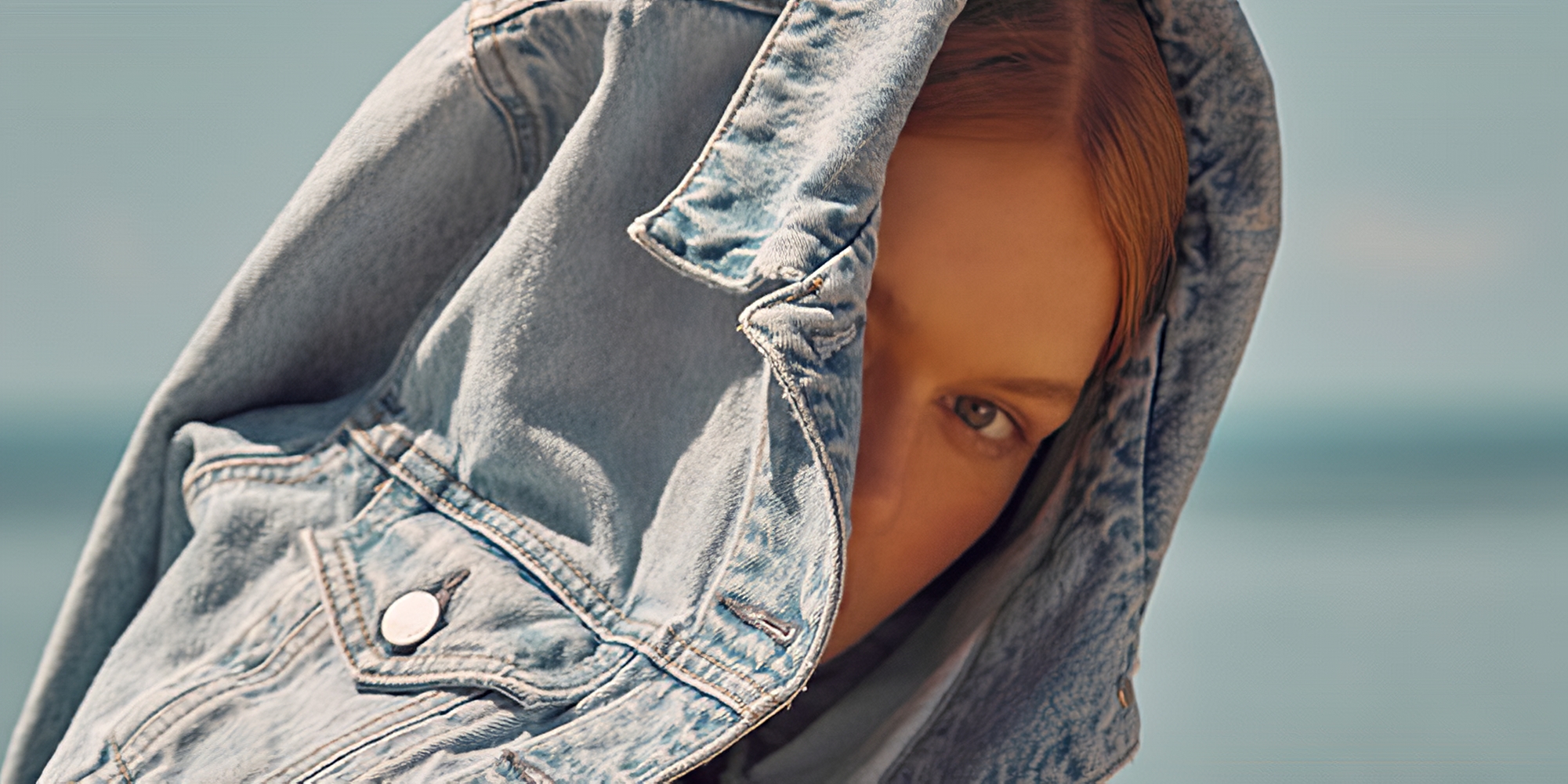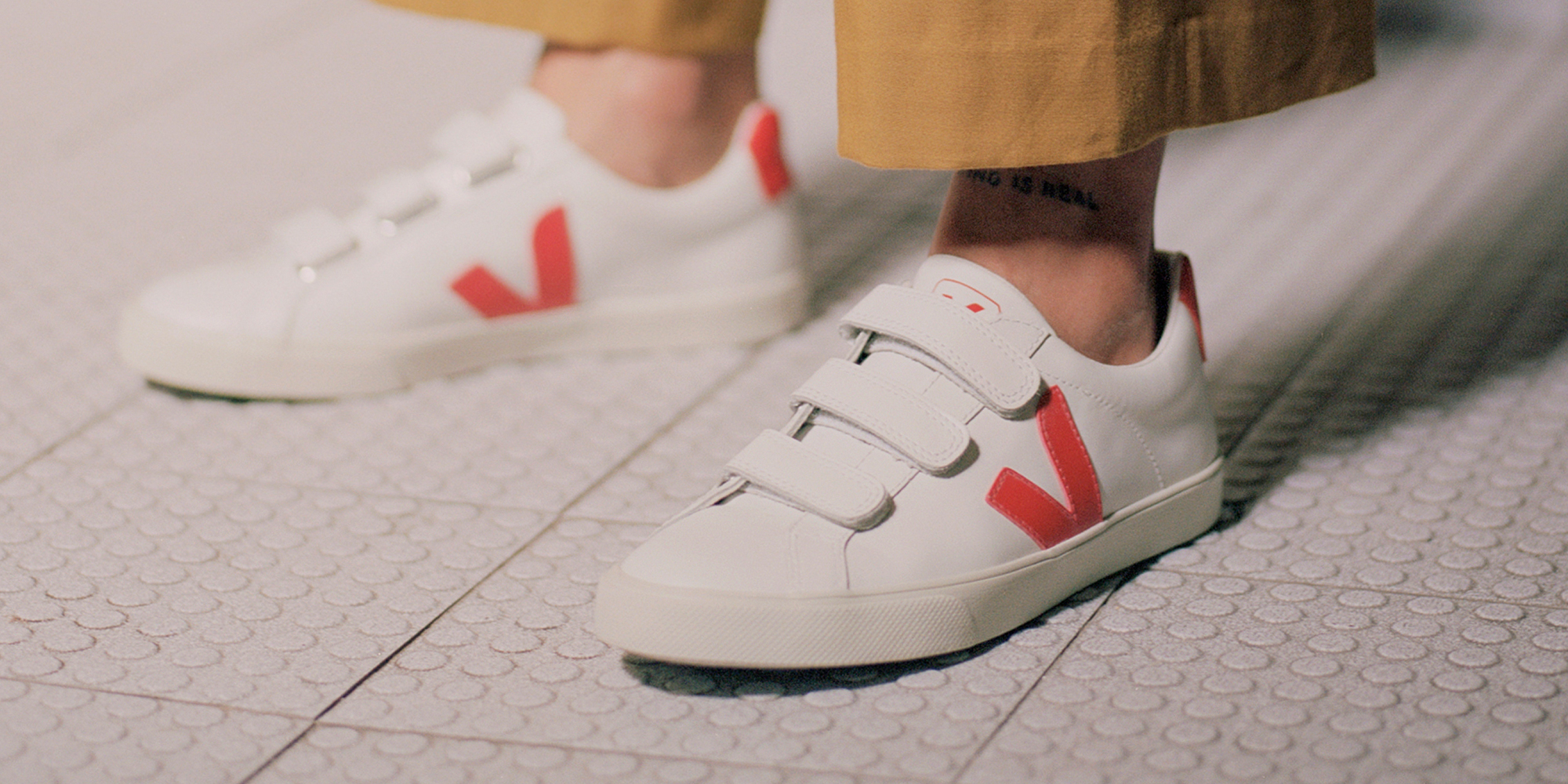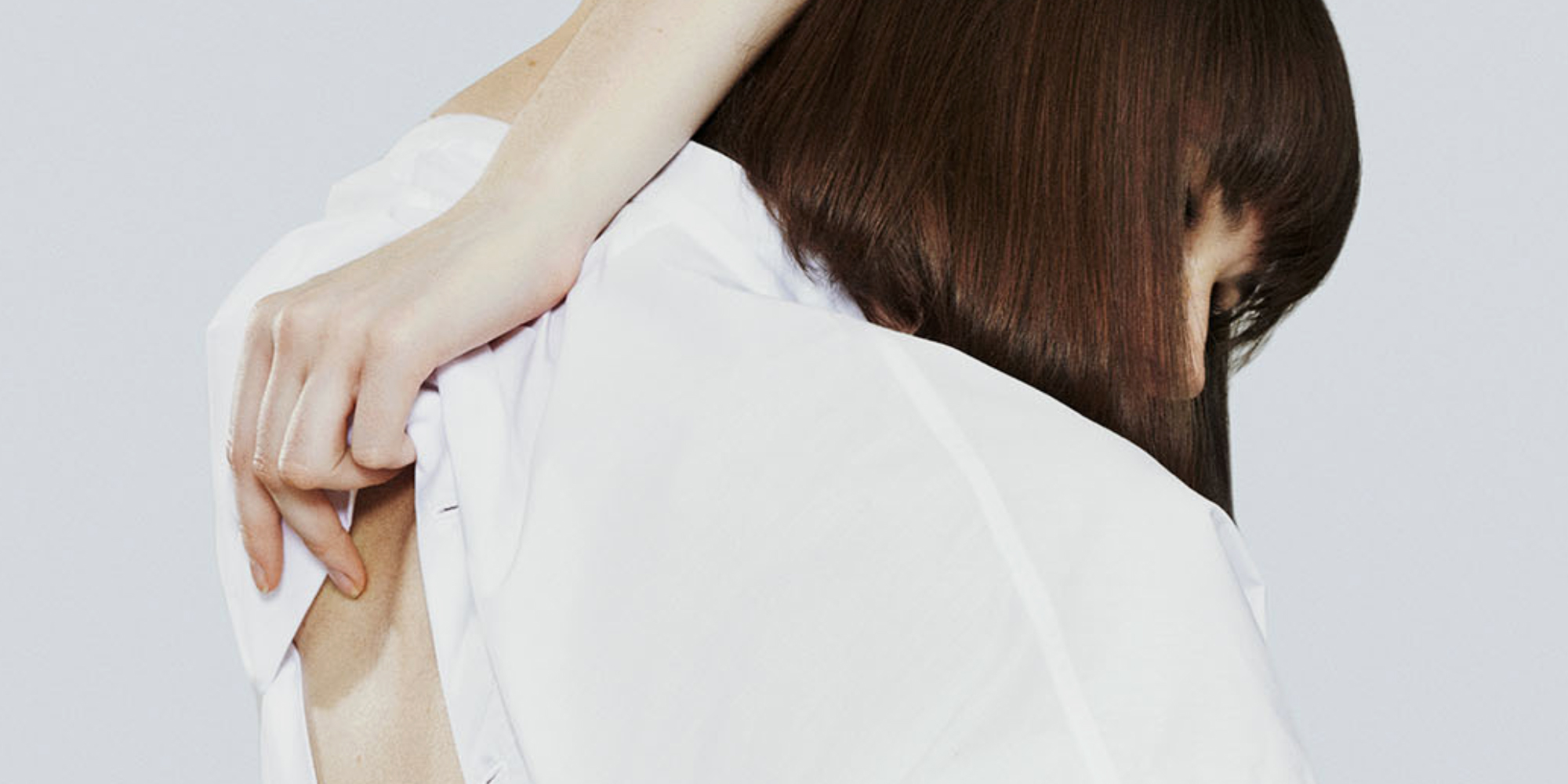If you’re into Korean fashion, you might wonder which brands are ethical and which are not. We’ve done the digging and rated 14 of the most popular fashion brands from South Korea. Keep reading to discover their impacts on people, the planet, and animals.
The rise of K-fashion
Since the 1990s, South Korean culture has been gaining in popularity, so much so that there’s a specific word used to describe this Korean Wave: Hallyu.
K-pop, K-movies, and K-dramas are becoming significant drivers of global pop culture, and K-fashion has also slowly made its way to the forefront of the fashion industry. As Hahna Yoon puts it in her New York Times article, South Korea has emerged as “a cultural juggernaut”.
But it hasn’t always been that way: according to Hyunji Nam, lead editor of Korean content at Ssense, “South Korea didn’t have the national power to support fashion in or outside of the country [for many decades], and most designers, regardless of how talented they were, had few opportunities to show their work in or outside of Korea”. But times have changed. Now, the South Korean luxury market ranks tenth largest in the world.
These days, K-fashion is often known for its modernist aesthetic, defined by a neutral colour palette, elegant yet simple styles, creatively weaving in references to different trends and traditions. The hanbok remains Korea’s traditional attire, and it has been reinterpreted over the years and gained global recognition thanks to K-pop singers.
In an article about the current Korean culture exhibition at the V&A Museum in London, writer Claire Marie Hailey gave a vivid description of Seoul’s fashion: “Walking around the city, in neighbourhoods like hyperactive Hongdae and the long-immortalised Gangnam, I swiftly fell under the influence of the young Korean population, who wore, almost exclusively, school-uniform style shirts and polo shirts, with slacks or pale blue jeans in a baggy ‘90s cut. The colour scheme was always white, or beige, or somewhere in between; loved-up couples coordinated carefully. On the feet: bulbous white trainers, or kitten-heeled sandals for girls”.
Seoul’s fashion scene is indeed thriving, and the Gangnam district is known to be the city’s fashion area, attracting countless fashion-minded tourists from around the world. The Dongdaemun district is also rising as a regional fashion hub, providing creative, affordable fashion items.
With new Korean designers and brands emerging, it’s normal to ask yourself what impact these new labels have on people, the planet, and animals. Our trusted team of analysts looked at 14 clothing brands from Korea to try and answer the question: how ethical are the most popular Korean fashion brands? Let’s take a look.




